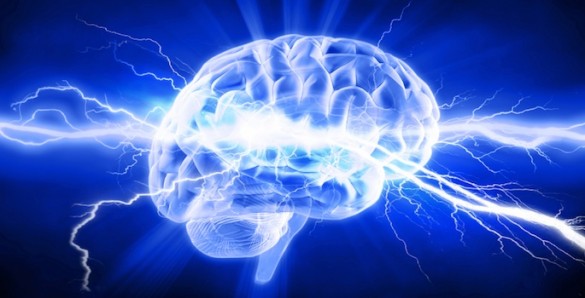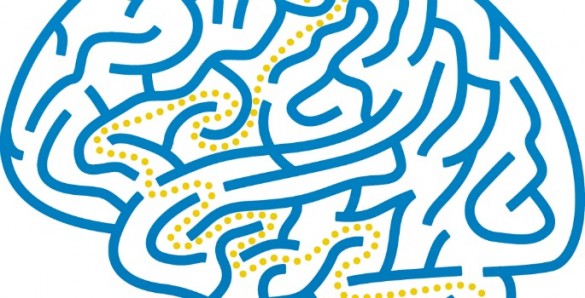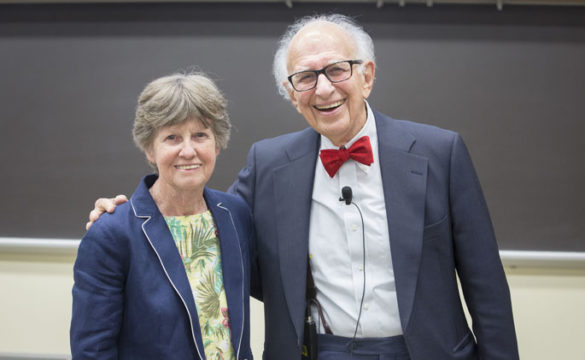
Picking a needle out of a haystack might seem like the stuff of fairytales, but our brains can be electrically “tuned” to enable us to do a much better job of finding what we’re looking for, even in a crowded and distracting scene, new research indicates.
The new findings, published Dec. 1, 2014, in the Proceedings of the National Academy of Science, challenge our current understanding of how visual attention is focused and the roles of short- and long-term memory.
“Existing theories of visual attention propose that working memory representations, also known as short-term memory, typically control how attention is focused on targets in our visual field,” Geoffrey Woodman, assistant professor of psychology at Vanderbilt University and co-author of the study along with Ph.D. candidate Robert M.G. Reinhart, said. “[rquote]These new findings provide evidence that long-term memory representations can also underlie our ability to rapidly configure attention to focus on certain objects, and that long-term memory performance can be sharply accelerated using electrical stimulation.”[/rquote]
Researchers have long known that attention could be tuned, like a radio dial, to hone in on specific features, but how and where in the brain this tuning occurs has remained an open question.

By passing very weak electrical current through the brains of healthy volunteers using a process called transcranial direct-current stimulation, researchers were able to cause the volunteers to much more quickly find target objects embedded in arrays of distracting objects. The study showed that after 20 minutes of passing safe levels of weak electrical current through electrodes placed on the head, the volunteers were able to more effectively focus attention on the searched-for targets, with dramatic increases in speed.
To determine the source of the attentional improvements, the researchers examined the recordings of the volunteers’ brain activity for the neurophysiological signatures of visual working memory and long-term memory. They found that the rapid improvement in attention was most closely related to increased activity in long-term, rather than working, memory. Their findings further indicate that long-term memory more immediately integrates information that is used to control attention than was previously thought, offering new insights into the relationship between working and long-term memory in controlling attention.
The research was supported by Grants R01-EY019882, P30-EY08126,F31-MH102042, and T32-EY007135 from the NIH and Grant BCS-0957072 from the National Science Foundation.















